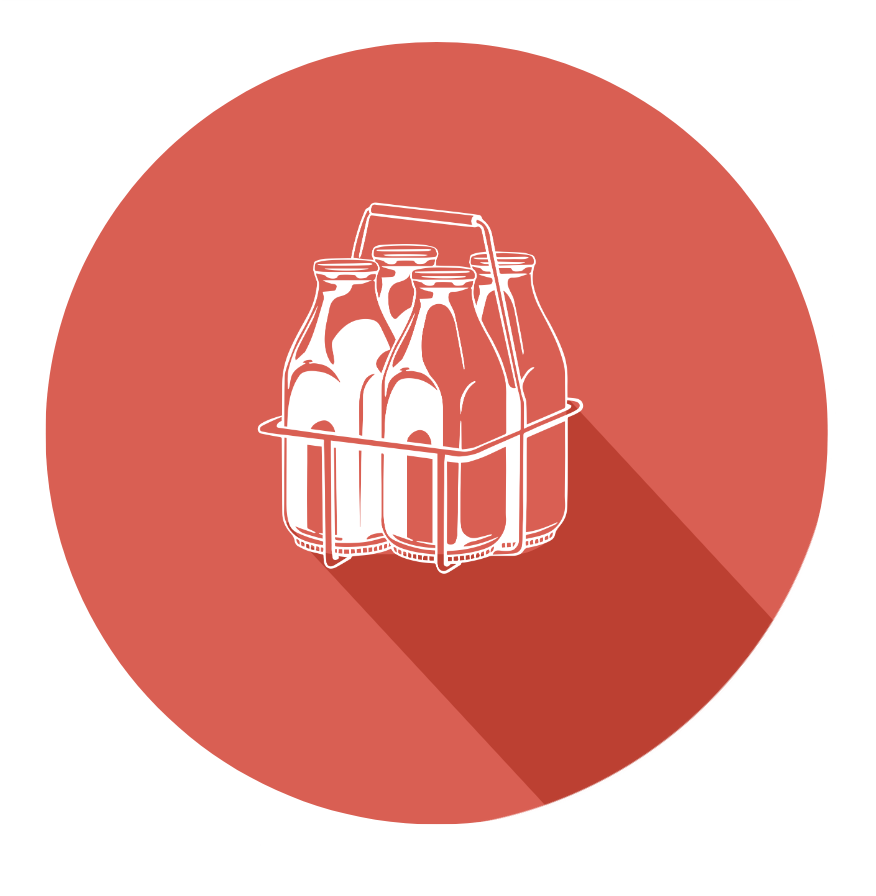The Body Knows: Using Neuroscience and AI To Predict Advertising Success
Go back to the last video ad that caught your eye. Was it the creative that stopped you from scrolling? Was it the message? Or perhaps it was the way it made you feel? While you might know why you liked it, your brain and body were telling a different story through subtle signals you weren't even aware of - small expressions on your face and tiny changes in your skin's sweat response.
Packing a Punch: The Power of Divisible Pricing in Multipacks
"Do I really need that much toilet paper?"
If you’ve ever shopped at a big-box warehouse, you’ve probably questioned whether you’ll actually use up those jumbo packs of toilet paper, deodorant, or air freshener. The sheer volume can make single-item purchases at a local store seem more practical. But a recent study suggests that a simple shift in bulk pricing could make buying in bulk feel like the smarter option.
As convenience and bulk shopping grow in popularity, understanding what drives our buying choices is crucial. This new research uncovers a surprising insight that could transform how brands price multipacks to make them more appealing.
Neuromarketing Explains Why Ferrero Chocolates Are Simply Irresistible
Think about the Ferrero Rocher chocolates. Almost everyone recognizes the shiny gold foil that wraps the chocolate. This packaging doesn’t just wrap the chocolates, it makes it look luxurious and special. Unwrapping the small round, rocky-like chocolate, creates a sensory experience even before you take the first bite and taste all the layers of flavor of this small chocolate. Personally, as a chocolate lover, just writing about it has me craving one right now!
Can Auditory Feedback Guide Us Through the World of Invisible Mobile Payments?
Recently, I was at the well-known Dutch supermarket, Albert Heijn, using the self-scan kiosk to pay for my daily groceries. As I tapped my credit card against the terminal, no sound came from the device. Confused, I thought my payment hadn’t gone through, so I tried again. It suddenly dawned on me that the payment might now be deducted twice. Thankfully, this wasn’t the case. The next day, I made another grocery purchase, and this time, the terminal made a sound. I immediately realized how comforting that simple beep was—it reassured me that my payment had gone through. And I’m not alone in this experience. Research has shown that the beeping sounds from the cash register, signaling that the payment was received, significantly boost customer satisfaction (Reynolds‐McIlnay & Morrin, 2019).





